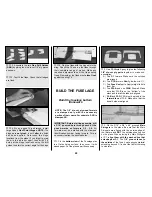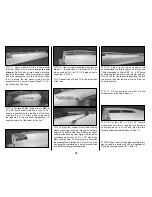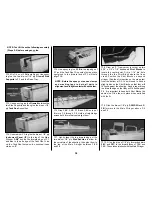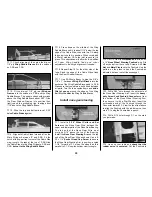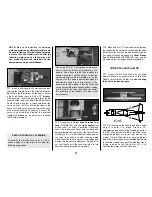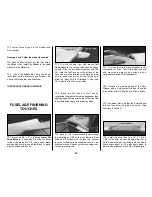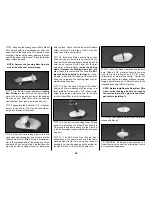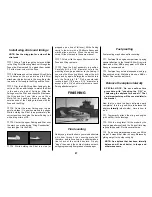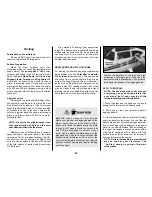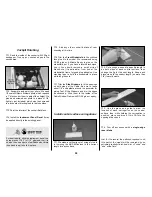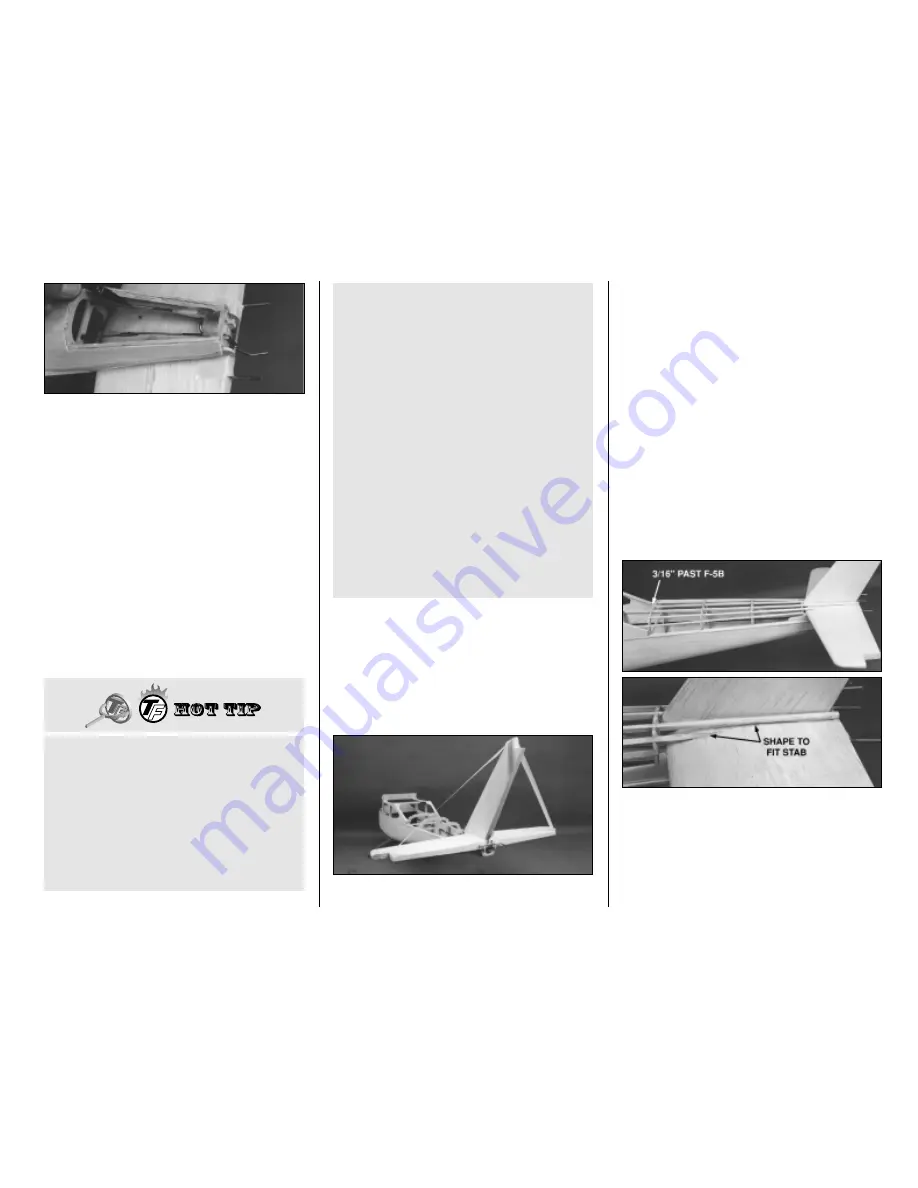
❏
12. Screw a nylon
Clevis
onto a
2-56 x 4”
threaded Pushrod
at least 14 revolutions. Slide
a Silicone Retainer over the Pushrod, onto the
aft end of the Clevis. Clip the Clevis onto the
Rudder Torque Rod Horn and center the Torque
Rod (i.e., neutral r udder). With the ser vo
centered, position the 4” pushrod over the Split
Coupling Sleeve, then mark it where it will just
miss touching the other pushrod already in the
Sleeve. Repeat this procedure for the Elevator.
❏
13. Trim and
clean
(as you did during Step 11)
the short Pushrods, then push them into the aft
end of the Coupling Sleeves. Use
liquid Flux and
Silver Solder
to solder the Pushrods into the
Coupling Sleeves. If you haven’t done this
operation before, read
Hot Tip for Silver Soldering.
Now that most of the fiddly work is finished,
clean up your bench and let’s get back to what
many people consider “the fun stuff”–finishing
the airframe.
❏
14. If you are installing a beacon light on the
Fin, drill a hole through the Stab that matches
the location of the conduit you installed earlier.
❏
15. Mix up some 30-Minute Epoxy and add a
dash of microballoons to “thicken it up” and
create a fillet. Apply the epoxy mixture to the LE,
TE and bottom of the Fin. Align the Fin, and
press it into position. Use masking tape to hold it
in position while the epoxy cures. Once the tape
is in place, check the Fin to make sure that it’s
on the fuse centerline
and
perpendicular to the
Stab. Use any leftover epoxy to form a small fillet
around the base of the Fin.
❏
1. Cut 3/16” x 3/16” x 24” balsa Stringers to fit
the top aft formers from F-5B to the top of the
Stab. Taper the Stringers to blend with the
surface of the Stab. Leave about 3/16” of
each
Stringer protruding
forward
of F-5B to provide a
“ledge” for the rear window. Use thin CA to glue
them in place.
Complete the fuselage top
B. Roughen the area to be soldered with fine
sandpaper, then clean again.
C. Assemble the items to be soldered.
D. Apply a small amount of soldering flux. Acid
based liquid flux works best when one or more
of the items is steel.
E. Heat the metal with a soldering gun or iron,
and apply solder to the metal. The metal must
get hot enough to melt the solder and the
solder must flow freely into the joint.
F. Do not move the parts until the solder has
cooled.
G. Test the joint by pulling hard.
H. Clean off the excess flux with alcohol or
solvent. Coat the parts with a very fine film of oil.
HOT TIP FOR SILVER SOLDERING
Use this process when soldering metal to
metal, such as brass tube to wire, or pushrod
ends to wire.
A. Thoroughly clean the items to be soldered
with alcohol or degreasing solvent. Pay special
attention to the
inside
of the Threaded
Brass Couplers.
39
Summary of Contents for CESSNA 182 SKYLANE
Page 8: ...8 DIE CUT PATTERNS ...




